Homophobia and transphobia are both forms of sexism. Both stem from an outdated and repressive concept of how men and women are "supposed" to act. And both are hostile to any attempt to challenge or change gender norms whatsoever.
But the "trans agenda" seeks more than simply securing the same workplace protections and military service rights coveted by many LGB activists.
Rather, a broader view of trans equality seeks to demolish the roadblocks that prevent a person from getting their correct gender listed on government documents; the impediments that deny trans people the necessary hormones and treatment required for transitional health care; the rights to access hotels, hospitals and public accommodations just like everyone else; and an end to the inhumane practices that regularly sort trans prisoners into wrongly gendered detention facilities and then subject them to sexual and physical abuse. There must also be an end to the cycles of injustice that perpetuate sex work and HIV in the trans community.
Compared to the gay rights movement, the trans rights movement is several decades behind (or at least that's how one trans activist put it). But a broad coalition of trans allies and sympathetic supporters could change that.
Many would-be allies will first have to meet a trans person, question their own concept of gender, understand
"Trans 101" -- the basics on trans identity and etiquette when discussing trans issues -- and then familiarize themselves with some of
the many injustices and
political challenges facing trans people today. Then it will take people to begin having discussions with trans and cisgender neighbors about the biggest issues the trans community faces. To be successful, the conversations must be "radically welcoming" to all races, genders and people of faith, and they must target potentially-sympathetic community leaders -- such as church, political and business leaders -- who might open their minds after hearing a trans person discuss their personal hardships firsthand.
But conference attendees are warned: any trans political campaign should also anticipate insidious attacks that characterize trans people as sexual predators, child molesters, prostitutes and "men in dresses" who can't wait to babysit and stalk your bathrooms. If voters have first had a chance to know trans people on a personal level -- and to see them as active, positive members of their community -- these vicious, commonplace attacks will falter.
I had a drunken chat with a celebrated LGBT activist during the conference. The activist basically went on a riff, which I've paraphrased below:
The American LGBT rights movement is eating itself. We're so hyper-focused on marriage, military rights and then the right to work that we forget about LGBT persecution around the world.
Just think for a second how often you see stuff about Glee and Lady Gaga and pictures of shirtless guys on gay websites, and then think about the frequency of international LGBT news on those same sites -- it's lopsided beyond compare.
It's long been a criticism of gay culture that we're self-involved. True, maybe we're helping shift LGBT rights around the world by exporting our pop-cultural messages and by Hilary Clinton declaring that gay rights are human rights, but that's it -- the average gay person isn't directly involved with helping out where our LGBT brothers and sisters are hurting the most.
But it's time for a change.
You probably know about Scott Lively, the hate group leader who is currently involved in a federal court case over his stirring antigay sentiment in Uganda. Why do you think he went to Uganda to start planting his seeds of antigay hate? Because he thought that no gay American would ever dare to go over there and fight against him; that no LGBT person would ever show the Ugandans that we care about their basic needs -- the need for clean water, the need for agriculture, farming equipment and other humanitarian work.
So Lively goes over there as a missionary -- as a church leader, the sort that has historically done humanitarian work, though at a high price -- and he's been able to influence the culure and the politics with Uganda's odious "Kill the Gays" bill ever since.
The likes of Lively don't expect LGBT Americans to go over there and do humanitarian work too. Hell, according to Lively gay people are akin to Nazis. Whenever you tell an American queer that you want to go to Uganda, they'll look at you like you have a death wish. But when you tell fellow LGBT Ugandans that you'd like to invest your time and money, they welcome you with open arms.
We need to change the way we do things. The world is beginning to think that LGBT Americans only care about our piece of the pie, and it's eventually going to work against us.
The LGBT mobilization of international humanitarian aid on a global scale is really where the future of our movement is. And it's time to start doing that work now so that our missionaries can stop haters from cornering the market on "moral authority" abroad.
It's just an opinion, but one well worth considering... preferably while sober.
 5) Eight Gender-bending Children's Books for People of all Ages
5) Eight Gender-bending Children's Books for People of all Ages
Atlanta's independent feminist bookstore,
Charis Books and more, had a nifty table set up with slews of LGBT titles including a handful of children's books, including Perez Hilton's
The Boy With Pink Hair and
The Boy Who Cried Fabulous.
You've probably heard of the author of The Boy Who Cried Fabulous -- it's Leslea Newman, the woman who also wrote "the first lesbian-themed children's book ever published," Heather Has Two Mommies.
She gave a talk during the conference entitled, "The Gender Dance: Smashing Gender Stereotypes in Children's Literature," in which she recounted a handful of books that challenge traditional gender roles.
Here's her top eight below:
The Story of Ferdinand by Munro Leaf (1936) - While some have derided this pre-Spanish Civil War book as an endorsement of pacifism, the story of a bull who prefers flowers to fighting still manages to charm with its illustrations and message. And did we mention that it was also turned into
an Academy Award winning Disney cartoon?
The Story of X by Lois Gould (1972) - Originally published in Ms. Magazine, Gould's tale shows just how bent out of shape most adults get when one couple decides to raise their child as a genderless "X." While the repeated reference to "X" as an "it" begins to grate, it still makes a delightful satire.
William's Doll by Charlotte Zolotow (1972) - Although heteronormative stereotypes justify the end of this book, young William's desire to care for a doll will resonate with any readers who ever longed to play with "opposite-gendered" toys like, for instance, an Easy Bake Oven.
Princess Smartypants by Babette Cole (1997) - Basically, imagine what would happen if you turned Shakespeare's The Taming of the Shrew and the Grimm brothers fairy tale The Frog Prince into a Sesame Street sketch with a wickedly wonderful twist ending. You'll love watching Princess Smartypants outwit her ridiculously named male suitors -- like Prince Swimbladder -- in pursuit of a single life, happily ever after.
Pugdog by Andrea U'Ren (2001) - When the owner of an adorable puppy realizes that his "good boy" is actually a girl, he subjects the rough-and-tumble pup to a miserable regimen of grooming and acting "like a lady." Luckily, Pugdog ends up teaching her owner a thing or two about silly gender stereotypes and what makes her so special.
King and King by Linda De Haan and Stern Nijland (2002) - This picture book, which originated in the Netherlands, became the bane of marriage equality advocates when a schoolgirl in a "Yes on 8" ad came home clutching the book and told her mom that she was going to marry a princess. But it's still a lovely book where even the prince's rejected female suitors still snag an invite to the wedding.
A Fire Engine for Ruthie by Leslea Newman (2004) - Written as a direct response to Charlotte Zolotow's book William's Doll, Newman's book features Ruthie, a young girl who would rather play with trains and automobiles than dress up and have a tea party with her grandma. Luckily, grandma eventually lets her hair down and accepts that playtime is for everyone, no matter your gender.
10,000 Dresses by Marcus Ewert (2008) - Perhaps the most surprising of the lot, 10,000 Dresses follows Bailey, a young girl who wants to wear the wondrous dresses she sees in her dreams. The only problem -- her family can't understand why a boy would possibly want a dress. Ewert's book has a great ending that is both encouraging and yet realistic.


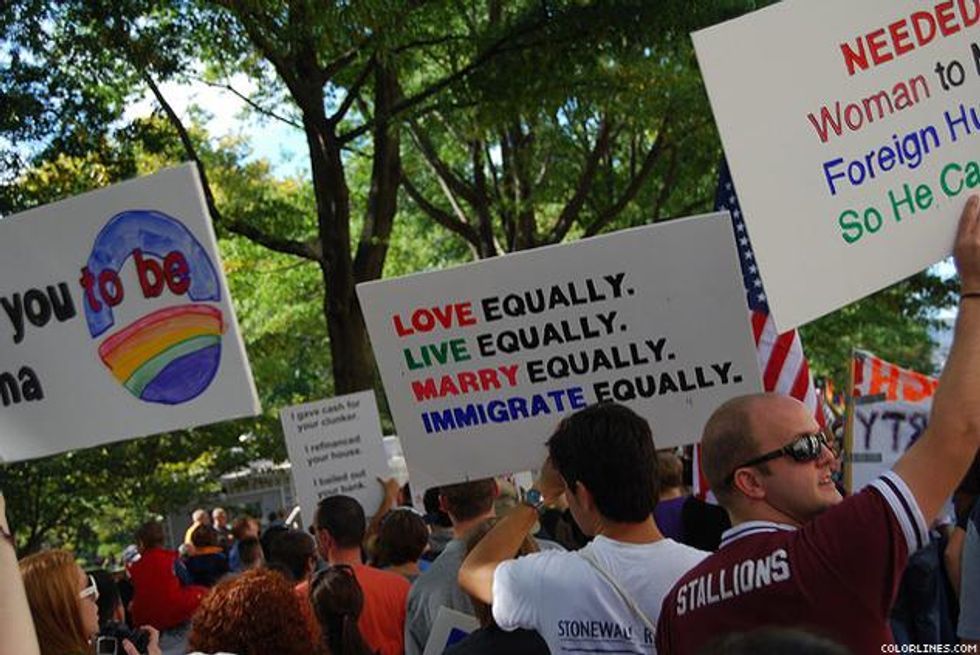
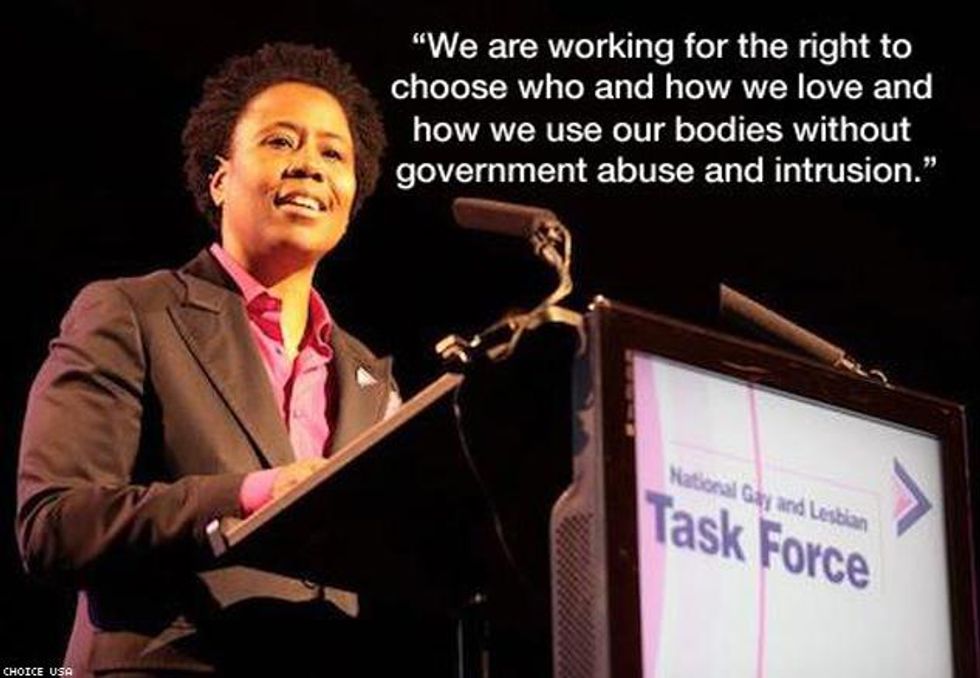
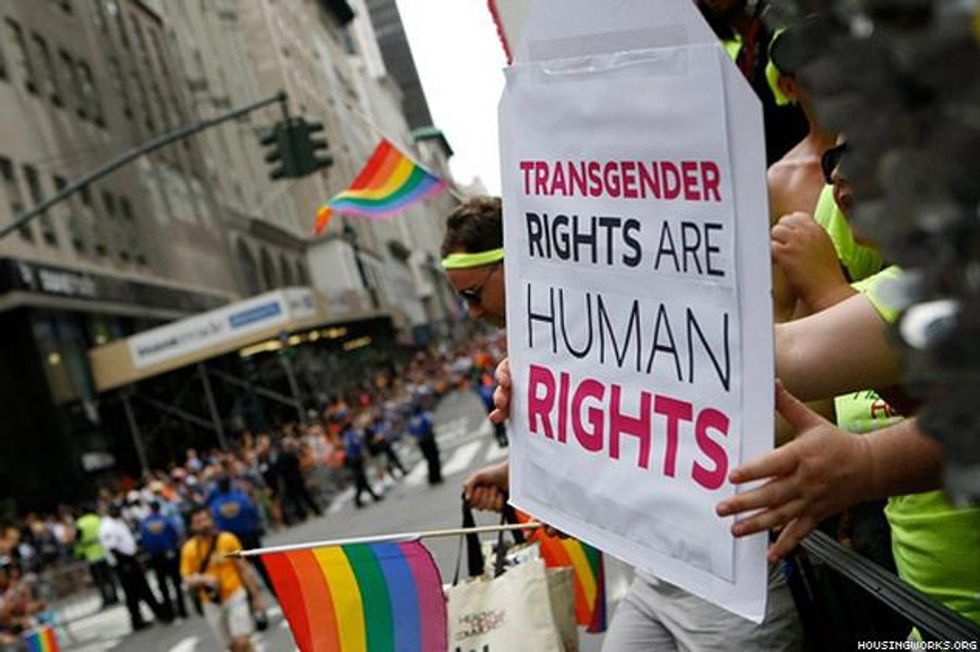
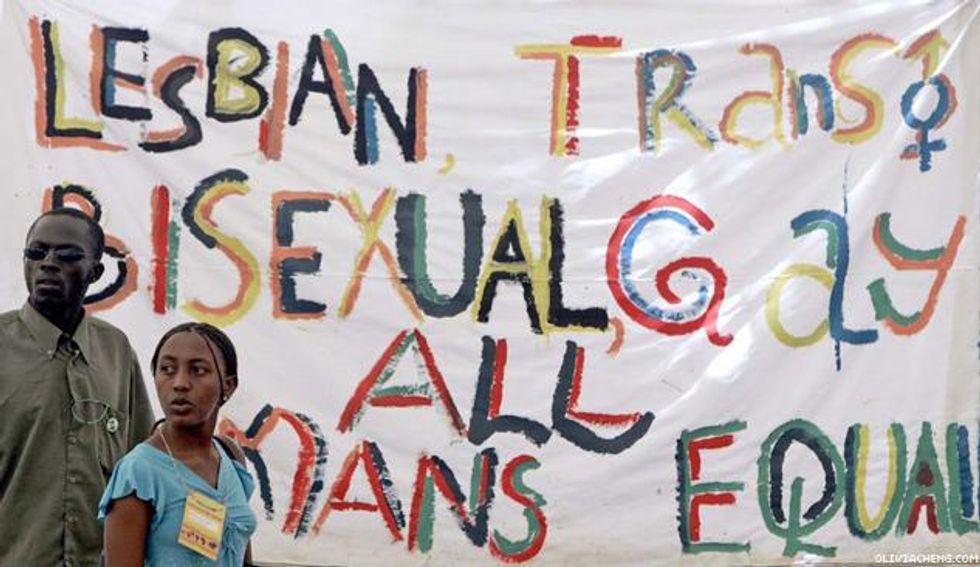
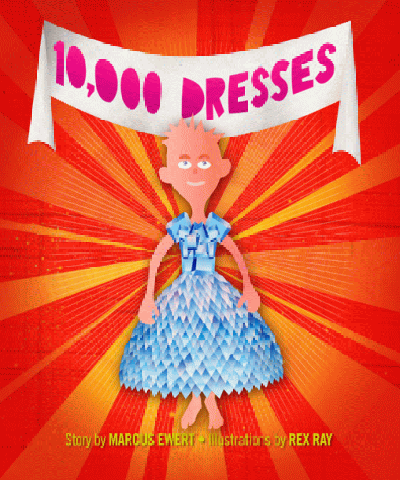 5) Eight Gender-bending Children's Books for People of all Ages
5) Eight Gender-bending Children's Books for People of all Ages
Charlie Kirk DID say stoning gay people was the 'perfect law' — and these other heinous quotes